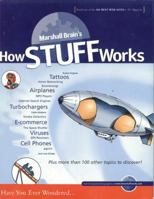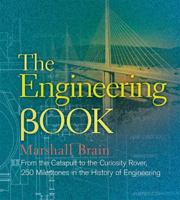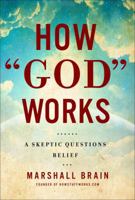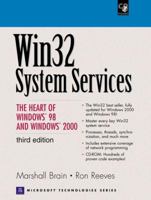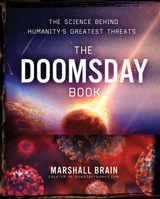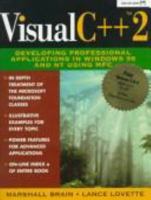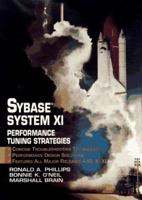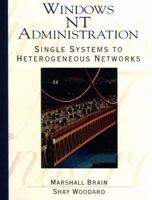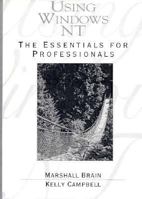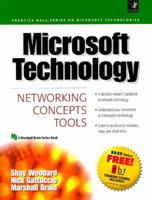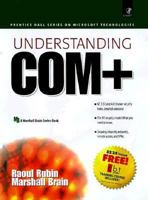Developing Professional Applications for Windows 98 and NT Using MFC
Select Format
Select Condition 
Book Overview
Related Subjects
Algorithms Compilers Computer Science Computers Computers & Technology Database Storage & Design Databases Design & Architecture Education & Reference Languages & Tools Lisp Mathematics Programming Programming Languages Reference Science & Math Software Software Design & Engineering Software Design, Testing & Engineering Software Development TextbooksCustomer Reviews
Rated 5 starsBook for people moving from unix/x-windows to MFC
This is a exteremly good book. I liked his approach of explaining every thing from DOS and unix perspective and connecting to Win32 and MFC. I am a dos and x-windowsprogrammer. I did not got a chance to working in any win32 programming. Now likemost of others forced into the wintel world. This book gives excellent insight ofwin32 and MFC. The examples are very good. Another interesting thing is his approach to the class wizard...
0Report
Rated 5 starsExcellent book!
I haven't even finished this book yet, but it's excellent. It teaches you MFC without using the AppWizards and, in the appendix, with them. It's very indepth. The only downside to the book is that it's written exclusively for VC++, but that's what I liked about it. While other books on MFC I have concentrated on MFC coding, leaving you to figure out how to get resources working, etc., this book shows you step by step how...
0Report
Rated 5 starsGREAT BOOK
A really great book that starts you off without using the wizards so that you can better understand what the wizards are doing for you.
0Report
Rated 5 starsOne of the better MFC books out there
This is one of the better MFC books I've read plus you can keep going back to it as a reference. The whole book is in PDF format on the CD that comes with it.
0Report
Rated 5 starsFabulous coverage of MFC!
This book gives tons of examples for everything from the simplest components to the most complex classes, with detailed explanations of each example. This book even gives example code for really professional touches to programs (for example, splash screens). If you have a basic undertanding of C++, this is a good place to get started with MFC. If you have a good handle on C++, this book becomes an invaluable reference and...
0Report











![Paperback Developing Professional Applications for Windows 98 and NT Using MFC [With CDROM] Book](https://i.thriftbooks.com/api/imagehandler/m/6E65EC606C9C5449677778DBBF28DA81F9DAD68B.jpeg)

